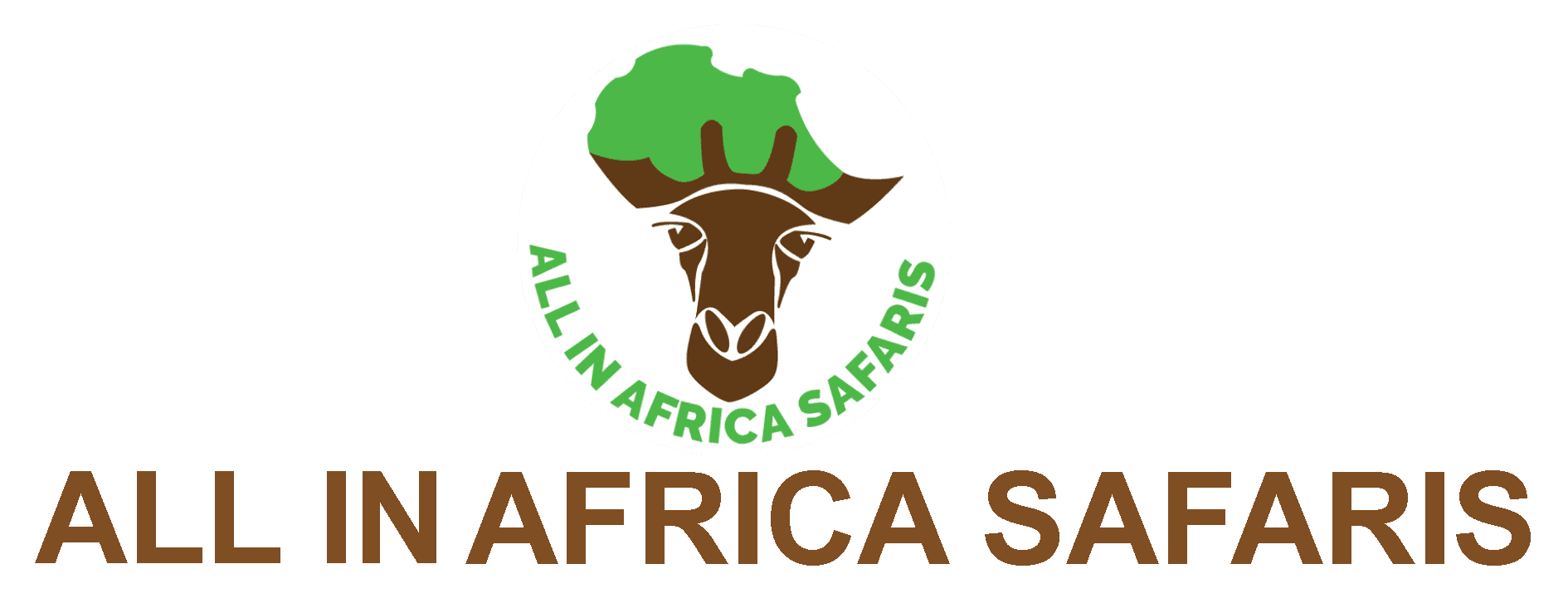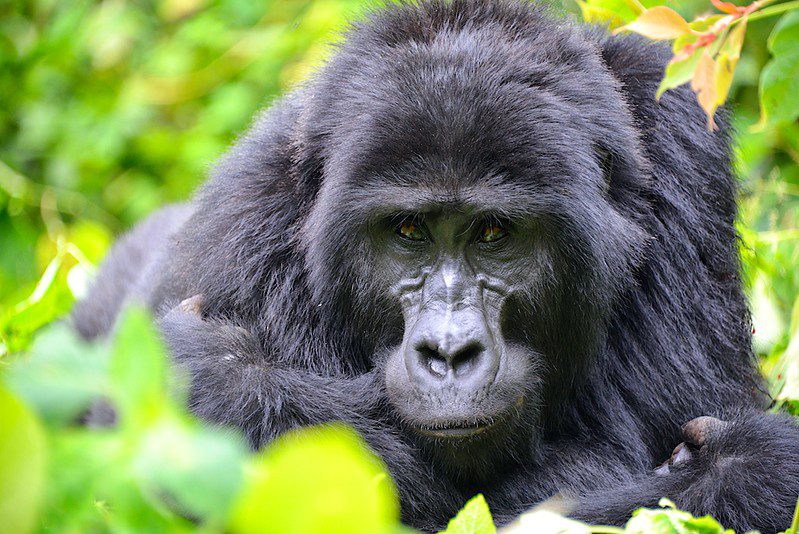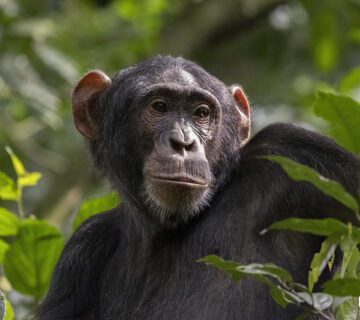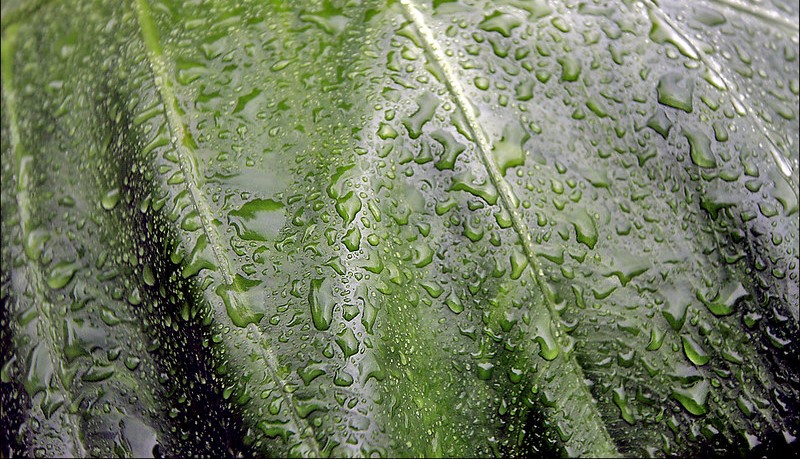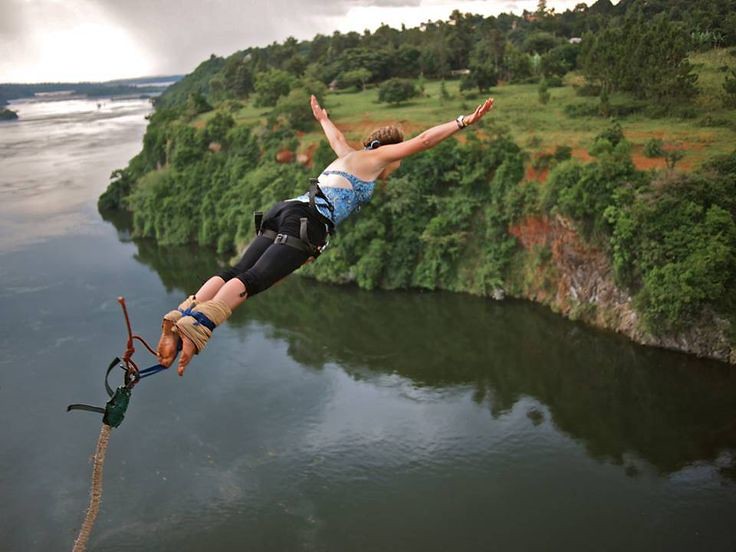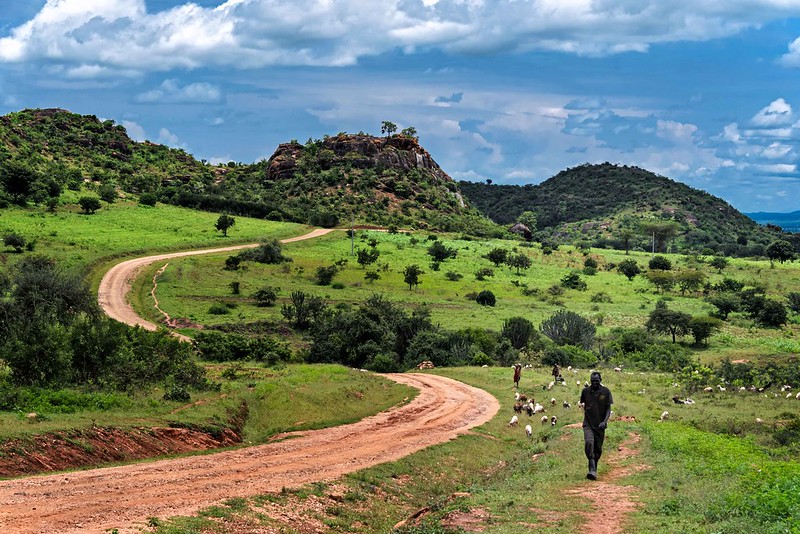When planning your Uganda gorilla safaris, it’s critical to be aware of important gorilla trekking logistics, landmarks, locations, and geographical features that will help you save time and money and have a relaxed and memorable gorilla tour in Uganda, as seeing the mountain gorillas is a once-in-a-lifetime experience for many tourists. We address crucial facts in this post for tourists seeking a self-driven safari to Bwindi Forest, travellers planning an independent gorilla hike because All in Africa Safaris is aware of these critical blunders. The following are crucial mistakes to avoid in order to save time and money while also improving your journey:
Your gorilla’s location allows Accommodation for Verses in the Bwindi Forest
Uganda has five gorilla trekking sectors. Bwindi Forest National Park is separated into four sectors, with the Ruhija sector being the closest to Kampala and Kigali, followed by the Buhoma sector. Both of these sectors are located in Kanungu district, with the Rushaga sector in the southern section of Bwindi National Park being the closest to Musanze – Rwanda and the Nkuringo sector being the furthest in Bwindi forest.
Each of these sectors is around 2–4 hours apart, as are the lodgings in each sector. There is also the Nyakagezi region in Kisoro’s Mgahinga Gorilla National Park. This section only contains one population of gorillas, and this gorilla family occasionally crosses into Rwanda, making hiking exceedingly dangerous.
When organising a gorilla trek in Uganda, especially for those who want to undertake their gorilla trip independently, it is critical to reserve your hotel near the sector where you will be trekking mountain gorillas. This will spare you the hassle of driving a great distance in the morning to find a gorilla trekking briefing, allowing you to enjoy your gorilla trip comfortably and refreshed.
Discounts on Uganda Gorilla Permits and Who Qualifies
All international or foreign tourists must pay $700 for gorilla permits in Bwindi Forest and Mgahinga National Park throughout the year, $600 for foreign residents of East Africa with supporting work permits, and UGX250,000 for East African citizens (Uganda, Rwanda, Tanzania, Kenya, Burundi, and the Democratic Republic of the Congo).
Book your gorilla permit as soon as possible.
No matter which month you decide to go gorilla trekking, it is always advisable to plan ahead of time so that you are psychologically and physically prepared. Because many visitors choose to go during the dry season, the yearly peak season is the most competitive period for Uganda gorilla permits. Gorilla permit sales are competitive in the months of December, January, February, June, July, August, September, and October. When intending to go gorilla trekking during the months listed above, it is usually best to reserve your gorilla permit early to prevent disappointment.
When is the best time to visit?
Uganda gorilla permits are most popular in June, July, August, September, December, January, and February. The months listed above are high seasons, and it is preferable to arrange and get gorilla permits at least 6 months before the expedition date. Many visitors choose to travel during the above months since it is a hot season that is ideal for gorilla trekking because the terrain is less slippery and climbing is much simpler.
The rainy season is often less competitive, with gorilla permits still available at least a month before the trekking dates. Please keep in mind that even established dry months aren’t a guarantee that it won’t rain the entire season. To have a good gorilla trekking expedition, tourists should pack appropriately and be prepared for rain or sunny.
Contact All in Africa Safaris to purchase your gorilla permit.
With so many requests and emails received at the Uganda Wildlife Authority’s main office, booking your gorilla permits directly with the government office is difficult unless you are already in Uganda and visiting the office in person. The most secure option to book your gorilla permit is through All in Africa Safaris. We will purchase your gorilla permit and provide you with a receipt for payment.
Verses About Gorilla Trekking Experience with Gorilla Habituation
Tourists can have two gorilla experiences with mountain gorillas in Bwindi Forest National Park: gorilla trekking and gorilla habituation. Gorilla trekking costs $700, but gorilla habituation costs $1500, and getting the two mixed up might cost you a lot of money.
The gorilla habituation experience includes four hours of hiking mountain gorillas with a maximum of four people and researchers, offering guests a more personal interaction with the mountain gorillas with fewer people. Habitation is only done in the southern portion of Bwindi National Park, in the Rushaga sector, and only 8 permits are issued each day, all year.
When a visitor purchases a gorilla habituation permit, it is mandatory to stay in accommodations in the southern portion of Bwindi, near the southern offices, to prevent long travel to the park offices, where tracking begins.
Choose between Entebbe International Airport and Kigali Airport for your flight.
Bwindi National Park is located in southern Uganda, and the nearest airport is Kigali International Airport in Rwanda. Entebbe International Airport, Uganda’s largest, is about 8–9 hours away from the nearest part of Bwindi National Park, the Buhoma district. If you want to arrive at Entebbe Airport, the least amount of time you will need for your tour is three days and two nights in Bwindi National Park.
If travellers want to embark on a one- or two-day gorilla trek, the ideal airport to fly into is Kigali International Airport, which is only a three-hour drive away. A lengthier Uganda safari is acceptable to begin from Entebbe International Airport with a strategy, to begin with nearby parks and conclude with Bwindi Forest with a shorter drive distance.
Bring a porter and a walking stick.
Porters are provided at the start of each gorilla trek in Bwindi for travellers to select and help them during the journey. Porters are natives, both men and women, who live in the park and come every day to help tourists carry their day’s loads. Through difficult terrain, a porter will carry your backpack and hold your hand.
The task they do may appear unimportant, but trust me when I say you will need a porter since they are knowledgeable about the area and will encourage you while you trek. A walking stick comes in handy and is quite useful for providing stability while you travel through the dense forest.
Pack correctly.
Make sure you have everything you need for your gorilla expedition, including
Tennis shoes or hiking boots
Long light pants, long-sleeved shirts and long stockings (to tuck into your pants) are all required.
Poncho or jacket for rain
A hat and sunglasses are recommended.
Excellent gardening gloves.
Insect repellant and sunscreen
Binoculars with a camera
You should also bring both light and warm clothing because the weather might change quickly.
Pack lightly.
Whether you want to use a porter or not, packing light is vital since it will be too heavy for both your porter and you. You don’t know how long you’ll be travelling into the rainforest in search of mountain gorillas; it might be hours, and a heavy park will exhaust you and your porter. If you have numerous cameras, it is preferable to employ extra porters to keep things reasonable and to keep you from getting exhausted.
Have a reasonable degree of fitness
Mountain gorillas dwell in isolated mountainous areas, with some groups on lower land and others on higher ground and at higher elevations.
Gorilla trekking in Bwindi National Park does not require you to be physically active, but you must be able to walk to and from the gorillas in the bush. You must be physically active for at least 6–4 months before the trip in order to be physically prepared for the walk.
Follow the directions in the handbook.
Right before the gorilla trekking, the ranger guide briefs guests on how to comport themselves and what to anticipate from the gorillas. To keep you and the gorillas safe, you must follow the regulations and directions of your ranger guide. Most importantly, gorilla trekking is a tricky business!
